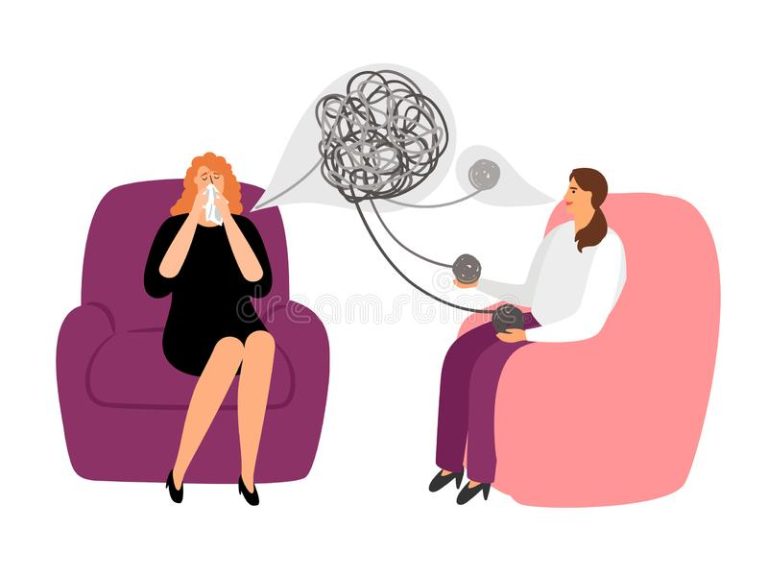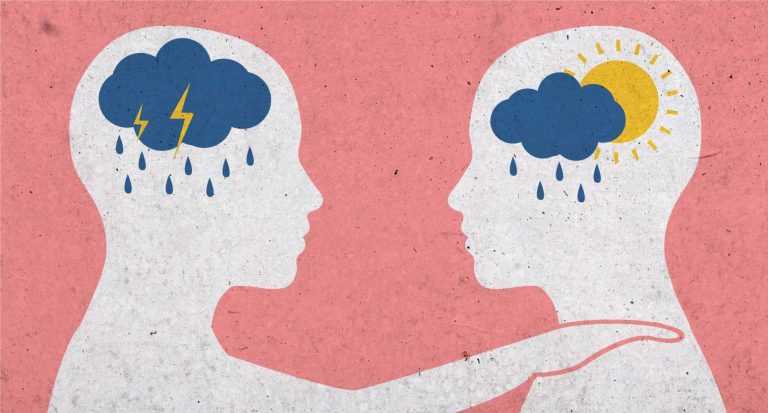The Neuroscience of Attachment
Human existence is fundamentally shaped by attachment, which also affects our emotional health and well-being. It has been thoroughly explored through the lens of attachment theory, developed by John Bowlby and Mary Ainsworth. This theory explores the intricate connection among biology, psychology, and our early interactions with caregivers, providing insightful explanations for why those early connections have such a significant and long-lasting influence on our lives.
Innate Attachment Behavioural System
According to attachment theory, each child is born with a biological neural system identified as an innate attachment behavioural system that organises behaviour to help the child survive and reproduce despite environmental challenges. This system drives people to seek out closeness to significant others, primarily caregivers when danger or distress arises. The attachment system deactivates once the distress passes, and resources are then redirected to other activities. Importantly, this system also functions as a mechanism for emotion regulation.
Differences between Various Attachment Experiences
There are differences between various attachment experiences, depending on the responsiveness of the primary caregivers. Children who receive responsive care feel secure and, hence, develop secure attachment, which promotes positive self-perceptions and positive views of attachment figures. On the other hand, insecure attachment styles (i.e., anxious attachment and avoidant attachment) can be brought on by caregivers who are inconsistent, unreliable, or disapproving. Anxious attachment results in increased efforts to get attention and support, whereas avoidant attachment involves separating from attachment figures to avoid frustration and distress. All attachment styles come with secondary strategies that impact relationships and emotional regulation.
The Neurological Underpinnings of Attachment
Briefly explaining the neuroscience of attachment is no easy task, as it involves unravelling an intricate tapestry of interconnected brain regions and processes. The neural systems in charge of reward motivation, emotional responses, emotion regulation, and social behaviours like seeking closeness, feeling separation distress, and controlling social affect are just a few of the neural systems that contribute to attachment. In addition, our sensory systems, including the auditory, olfactory, and visual ones, are extremely important for identifying and relating to attachment figures. Furthermore, maintaining shared histories with attachment figures requires memory processes, such as long-term memory consolidation and retrieval, which are orchestrated by brain structures like the hippocampus.
Because so many neural structures are involved in attachment behaviour, the entire human brain can be viewed as a neural attachment system. It is crucial to realise that attachment is a higher-order construct involving a variety of behaviours rather than being controlled by a single specific attachment circuit shown by many studies using various methods, including functional magnetic resonance imaging (fMRI), electroencephalography (EEG), and genetic analysis. These studies have demonstrated how secure attachment buffers the physiological effects of stress compared to insecure attachment, showing individual differences in neural response.
In sum, studies in this field have consistently shown that attachment is not governed by a single, specific neural circuit but rather emerges as a higher-order construct, a complex interplay of various neural systems. There is still much to learn about the neuroscience of attachment, despite the advancement of the field. However, as we work to unravel the unknowns of attachment, we learn essential information about the nature of people and how our early experiences affect the course of our lives.
If you think that you can benefit from professional support on this issue you can reach out here.
Seray Soyman is working as a Clinical Psychosexologist within the Willingness team, providing psychosexual education and sexual support sessions, as well as delivering training and workshops. She has a master’s degree in Clinical Psychosexology from the Sapienza University of Rome. Seray’s research interests are sexual communication, sex-positive behaviour, LGBTQIA+ studies, and sexual health.
References
Buchheim, A., George, C., Gündel, H., & Viviani, R. (2017) Editorial: Neuroscience of Human Attachment. Front. Hum. Neurosci. 11:136.
Coan, J. A. (2008). Toward a neuroscience of attachment. In J. Cassidy & P. R. Shaver (Eds.), Handbook of attachment: Theory, research, and clinical applications (2nd ed., pp. 241-265). Guilford Press.







